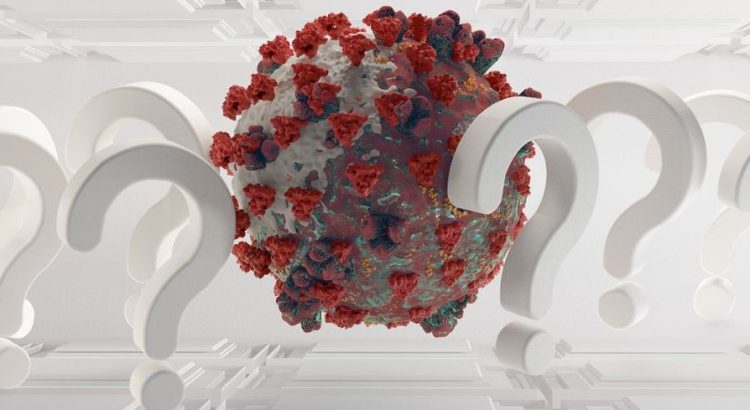
Did covid really cause
clot related deaths?
Dr Clare Craig
There is strong evidence that the SARS-CoV-2 spike protein increases clotting risk. Notably, spike protein has been found in the bloodstream of people with even mild or moderate covid. Levels of circulating spike protein shortly after vaccination have also been recorded at similar magnitudes to those seen during active infection. Was the spike protein – whether from virus or vaccine – the sole driver of the increased clotting-related deaths observed since 2020? Or were there other contributing factors that have gone overlooked?
Suppose there had never been a public narrative of a novel virus – how might the rise in clotting-related deaths have been interpreted? Would we have examined alternative explanations more seriously?
In 2020, the mechanisms behind covid-related clotting were not well understood. Attempts to detect the virus itself in the bloodstream were largely unsuccessful, except in severe cases – where only viral RNA fragments, not intact virus, were found. While spike protein, from destroyed virus, did circulate and may have contributed to clotting, it was unlikely to be the only factor.
If the virus alone were responsible for increased clotting, we would expect to have seen a clear surge in strokes, heart attacks, and deep vein thromboses (DVTs) in 2020. However, interpreting the data from that year is complicated. Many people avoided hospitals due to fear of infection, and population-wide stress levels were unusually high. Under such conditions of stress, some increase in cardiovascular events might be expected even in the absence of a virus.
Death data is where we should look for a more definitive measure. In fact, the data shows no significant rise in stroke-related deaths during 2020. However, deaths from heart attacks and pulmonary embolisms did increase – aligning with the fact that 200 to 500 fewer people per day in England were calling ambulances for chest pain.
Figure 1: Deaths registered in England and Wales codes as ischaemic heart disease. N.B. The y-axis begins at 40,000
Figure 2: Deaths registered in England and Wales codes as cerebrovascular disease = stroke.
Figure 3: Deaths registered in England and Wales codes as pulmonary embolism
By contrast, 2021 saw a much sharper increase in clotting-related events—coinciding with the mass vaccine rollout. This suggests that while covid may have played a role in some cases, the full picture is more complex.
Patients hospitalized with covid pneumonia did appear to experience more clotting than typical flu patients. Yet several non-viral factors could explain this: heightened inflammation, dehydration, prolonged illness, and systemic stress. Pneumonia patients not promptly treated with antibiotics often suffer more inflammation – a known clotting risk. Dehydration, another major contributor to clotting, was common in covid patients, worsened by fever, dry oxygen therapy, and in some cases, hospital neglect. The isolation policies and fear of contagion further disrupted care, as visitors were banned and staff were sometimes reluctant to enter covid wards.
Stress is another critical and underappreciated factor. Psychological distress is linked to a 50% increase in the risk of DVT, which can lead to fatal pulmonary embolism. Pre-existing anxiety was also the strongest predictor of covid mortality. Stress elevates cortisol levels, which in turn makes the blood more prone to clotting, alters clotting factors, weakens blood vessel defenses, and raises the risk of cardiovascular disease. The relationship between stress and clotting-related deaths is well established in the medical literature.
Events like bereavement, economic instability, and societal upheaval have long been known to increase cardiovascular deaths. After the collapse of the Soviet Union, for instance, cardiovascular mortality spiked due to stress-induced physiological changes. The fear propaganda and lockdown measures created a similar environment of widespread anxiety and fear. The intense focus on covid, combined with the narrative of severe danger and isolation, may have significantly contributed to clotting risks through psychological pathways.
Even if some covid patients did experience notable clotting directly from the infection, it’s clear that many other factors were in play. Yet, these broader contributors – dehydration, inflammation, stress – have often been overlooked. No study has yet compared clotting risk in covid patients against similarly ill individuals experiencing non-viral causes of inflammation and dehydration. Attributing every clotting complication in a covid-positive individual to the virus itself risks oversimplifying the many factors that lead to clots.

